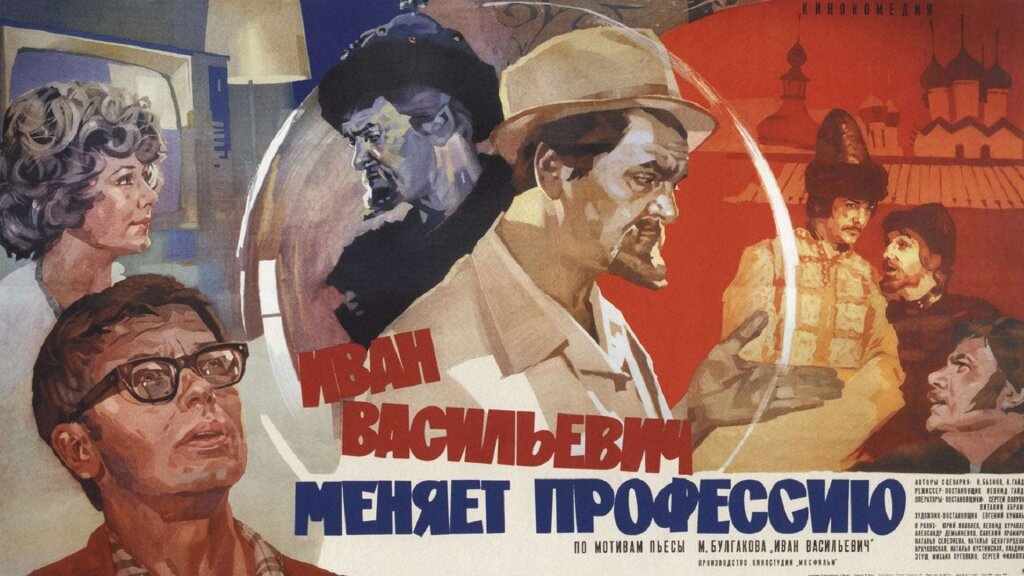Nancy Condee is Professor of Slavic and Film Studies at the University of Pittsburgh. She also directs Pitt’s REES Center, one of eleven US federally-funded resource centers.
Background: This is Part Two of a two-part series about the Historia Nova Prize. Part One, which focused on the most recent prize winners, featured their answers to questions posed by New LIterary Observer Editor-in-Chief Irina Prokhorova. It can be found here.
Part Two offers comments by two publishers associated with the most recent award. Peter Kracht (University of Pittsburgh Press) and Igor Nemirovsky (Academic Studies Press), who collaborates with the Mikhail Prokhorov Foundation.
Peter, as the fifth US publisher whose author has won this leading international prize, the University of Pittsburgh Press joins the ranks of a distinguished cohort that includes Princeton, Cornell, Cambridge, and Harvard. How has the profile of Pittsburgh changed in the last several years and how has it positioned itself in the field?
Peter Kracht (Pittsburgh). In terms of geographical scope, we decided to finally move beyond the boundaries imposed by the Cold War, and to include work that examined any part of Eurasia along a continuum from Central Europe to Central Asia. We also made history the center of gravity of the program, while retaining the multi-disciplinary character of the REES series, and within that began to feature work on cultural, environmental, and sub- or trans- national history. We’re also very interested in work that crosses chronological “borders,” for example by exploring continuities in social and cultural history across the political divide of the Russian Revolution, or the two World Wars. It takes time, of course, for these changes to be implemented and become evident to the outside world. But the steady increase in prize-winning titles that we’ve published – including two Vucinich winners in 2012 and 2013 among many others, and now the Historia Nova – are I think a measure of our success in these ongoing efforts.
Igor, as Director of Academic Studies Press and coordinator of the Prize, could we ask you to say a few words on how the Press has evolved in the last decade, since its founding in 2007?
Igor Nemirovsky (Academic Studies). I thought it necessary from the very beginning to work with both experienced scholars, big names, and young authors who are just starting their careers. To gain trust from both of these categories, to assist them in bringing their works to publication was the focus of our efforts. It’s not for me to judge how well we did, of course.
Peter, we notice that the U of Pittsburgh Press has a REES series as well as the series Central Eurasia in Context. How recent is this second series and what makes it unique among other area-studies series? Did it grow out of the Russian series or was it conceived as a completely new initiative?
Peter Kracht (Pittsburgh). The REES series, ably edited by Jonathan Harris for over thirty years, continues to be the centerpiece of our publishing efforts in this area. As I said, however, we’ve deliberately expanded the scope of the series considerably, and have added a sub-series within it in association with the journal Kritika. But Central Asia proved to be a special case. The initial idea of moving into this field was simply to expand the list to include the entire post-Soviet space. This would also allow us as a publisher to do timely books that dealt with Islamic cultures and an important part of Asia – while avoiding the serious competitive challenges we would face if we attempted to startup either a Middle Eastern or an Asian studies list. But when we found out that many of the scholars working on Central Asia had become sort of refugees from both ASEEES and MESA, and had formed their own separate organization (CESS), and moreover that there was no active series from any university press in this subject – well, after consulting many people in the field, Jonathan and I agreed that a separate, dedicated series was called for. We were then lucky enough in 2010 to get Douglas Northrop to agree to serve as series editor for the new Central Eurasia in Context series. It has grown rapidly and is now widely regarded as the single best venue for publication of new scholarly work on this region, with several prize-winning books already to its credit.
Igor, Academic Studies Press currently maintains 41 series, a full portfolio for even the most ambitious house. Could you say something about the principal categories into which these series fall? What are the most important tendencies for the interested scholar to understand, looking at the Press’s website?
Igor Nemirovsky (Academic Studies). From these 41, only about a half of the series belongs to Slavic studies, and only a half of those is focused on Russian studies subjects. Obviously, each series has a “face” mirroring the interest and the personality of the scholar at its head, the series editor. From our side, we do our best to reflect on contemporary scholarly trends and form a space in our catalog to reflect those innovations: I would mention one of our recent series Evolution, Cognition, and the Arts, edited by Brian Boyd. I would also say that our newer series appropriates an interdisciplinary approach and different inter-regional, inter-cultural crossings that, I think, also reflects tendencies dominant in scholarship.
Finally, a question to both of you: If you could give a young scholar a single piece of advice when submitting a manuscript to your press (or presumably to your competitors—Princeton, Cornell, Cambridge, Harvard), what would it be? What is the “gravest sin” and greatest advantage?
Peter Kracht (Pittsburgh). One thing every author should do is research the different publishers in your field. Too many people seem to randomly wander the book exhibits at ASEEES, pitching their particular book idea to every editor they can find. It’s much better to find a focus for your efforts first. Start by looking at your own bibliography from your research, and at your office bookshelves. Who is publishing similar work? Is there a pronounced pattern of one or a few presses that do good work in your sub-field again and again? The patterns you detect are likely to reflect the editorial interests of that press, and they are much more likely to be interested in your work, so start there. On the other hand, lists do evolve and it may not yet be evident that a press is actually on the hunt for new work on, say, climate change in Siberia. Finding out these nascent interests can be a challenge. But keep your ears open and listen to the grapevine, and watch for new series announcements or new single titles in your area that suddenly appear on a list – these may be harbingers of list development. It’s also fine to visit publishers’ booths and ask in a general way about their potential interest in a subject – editors love chatting about their lists and what they’re looking for. But if they don’t mention a fit with your own research interests, please try to avoid the temptation to pitch your book anyway. They have their reasons, and it is a venial sin to hear an editor say they have no interest in Siberian environmental books, and proceed to try and pitch them your book on industrial damage to permafrost in Kamchatka. It’s not likely to be a good use of your time anyway, so better to move on to greener pastures.
Igor Nemirovsky (Academic Studies). The most natural way for a young scholar to publish his or her first book is to convert the PhD dissertation into a monograph. However, I would warn that there is a principal difference between these two. The dissertation is to be read by a few very well-prepared readers (the dissertation advisor, the committee, the outside reviewer). The monograph, even published as a scholarly title, has to address a wider audience, with a variety of levels of pre-existing knowledge. It takes an effort, but I think it is absolutely necessary to step back from your already finished text, re-evaluate it, and make it attractive and accessible for a wider readership.





